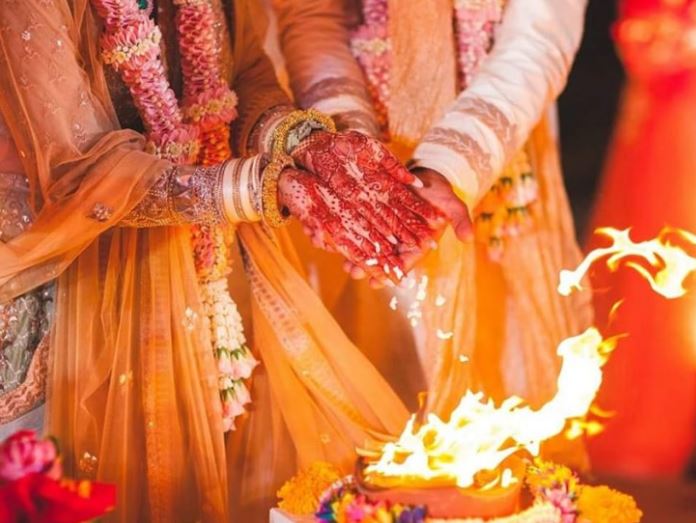Prof Mrinal Chatterjee

What should be the minimum age for marriage, especially for girls? This has been a contentious issue for centuries. Currently, the law prescribes that the minimum age of marriage is 21 years and 18 years for men and women respectively. The minimum age of marriage is distinct from the age of majority which is gender-neutral. An individual attains the age of majority at 18 as per the Indian Majority Act, 1875.
There has been a growing demand to reconsider the minimum age of marriage for girls. A task force has been set up by the Union Ministry for Women and Child Development to examine a host of matters pertaining to the age of marriage. The issues include the age of motherhood, imperatives of lowering Maternal Mortality Ratio and the improvement of nutritional levels among women.

The task force will examine the correlation of age of marriage and motherhood with health, medical well-being, and nutritional status of the mother and neonate, infant or child, during pregnancy, birth and thereafter. It will also look at key parameters like Infant Mortality Rate (IMR), Maternal Mortality Rate (MMR), Total Fertility Rate (TFR), Sex Ratio at Birth (SRB) and Child Sex Ratio (CSR), and will examine the possibility of increasing the age of marriage for women from the present 18 years to 21 years.
Increasing the age of marriage of girls has been one of the important social reforms in the nineteenth century. It took long years of struggle and advocacy led by reformers like Raja Ram Mohan Roy, Iswar Chandra Vidyasagar. Subramanian Iyer to do so.
The Indian Penal Code enacted in 1860 criminalised sexual intercourse with a girl below the age of 10. A legal framework for the age of consent for marriage in India only began in the 1880s.
The provision of rape was amended in 1927 through The Age of Consent Bill, 1927, which declared that marriage with a girl under 12 would be invalid. The law faced opposition from conservative leaders of the Indian National Movement, who saw the British intervention as an attack on Hindu customs.
In 1929, The Child Marriage Restraint Act set 16 and 18 years as the minimum age of marriage for girls and boys respectively. The law, popularly known as the Sarda Act after its sponsor Harbilas Sarda, a judge and a member of Arya Samaj, was eventually amended in 1978 to prescribe 18 and 21 years as the age of marriage for a woman and a man respectively.
There is no reasoning in the law for having different legal standards of age for men and women to marry. Women’s rights activists have often argued that the law also perpetuates the stereotype that women are more mature than men of the same age and, therefore, can be allowed to marry sooner.
The international treaty Committee on the Elimination of Discrimination against Women (CEDAW), also calls for the abolition of laws that assume women have a different physical or intellectual rate of growth than men. In fact from bringing in gender-neutrality to reduce the risks of early pregnancy among women, there are many arguments in favour of increasing the minimum age of marriage of women. Early pregnancy is associated with increased child mortality rates and affects the health of the mother.
However, despite laws mandating minimum age and criminalising sexual intercourse with a minor, child marriages are very prevalent in the country. UNICEF estimates suggest that each year, at least 1.5 million girls under the age of 18 are married in India, which makes the country home to the largest number of child brides in the world — accounting for a third of the global total. Nearly 16 per cent adolescent girls aged 15-19 are currently married.
(The author is Regional Director Indian Institute of Mass Communication, IIMC Dhenkanal. Views are personal)






















